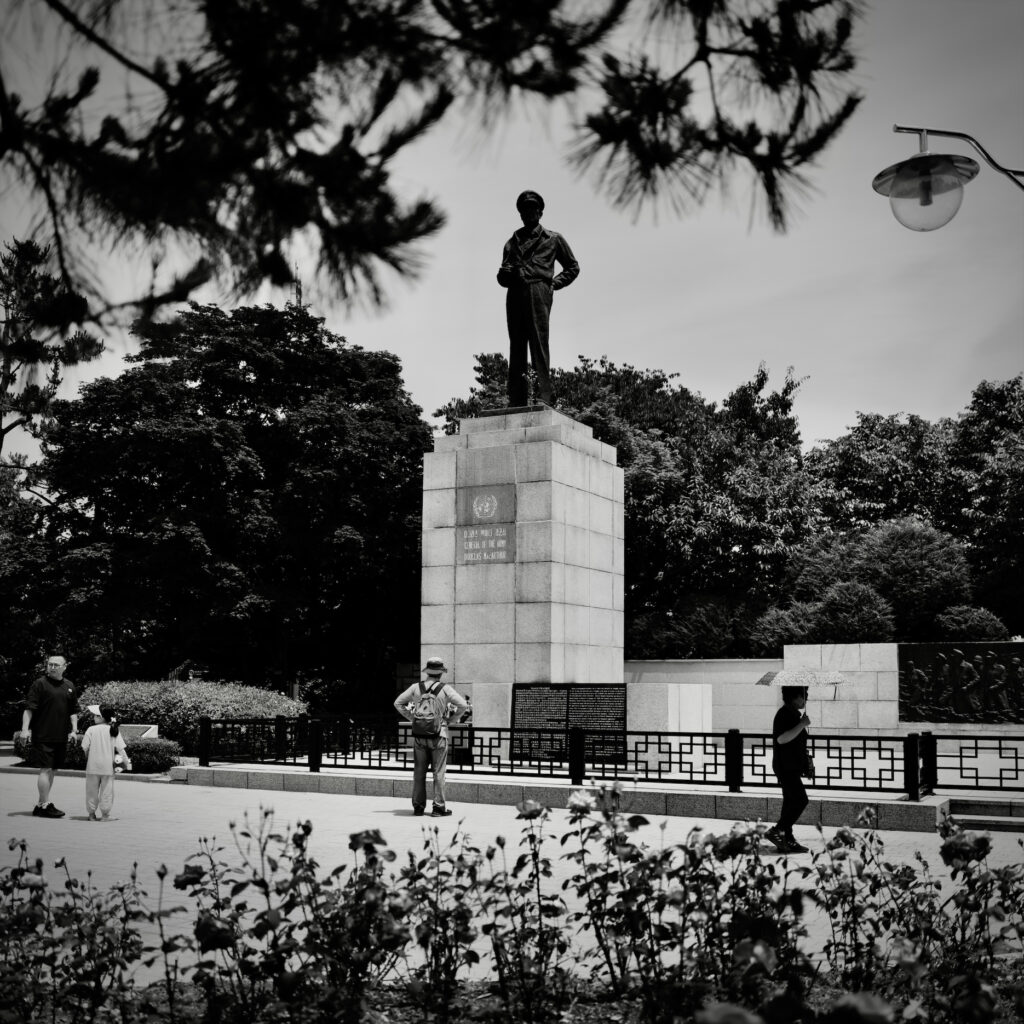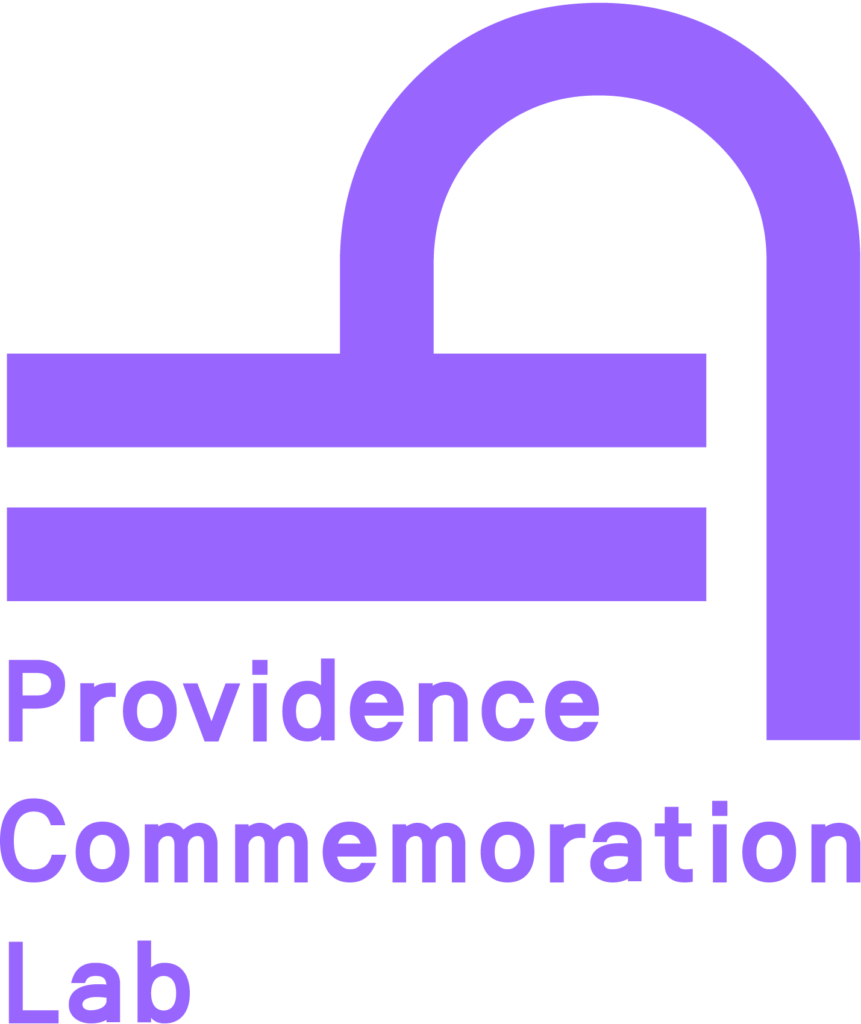
Seeing Monuments with College Unbound
In June and July 2024, Dr. Renee Ater and Eric Sung offered Seeing Monuments through a PCL collaboration with College Unbound. This course explored the intersection of monuments and photography through historical case studies and direct engagement with the camera. 16 students examined monuments through photography, practicing the ability to see, describe, analyze, and engage creatively with the monument landscape.
Seeing Monuments focused on two intersecting subjects: monuments and photography. Physical monuments continue to dominate our public spaces and landscapes, shaping stories of the nation, of power, and often of war. Using the camera as a means to engage monuments, instructors and students thought about how photography shapes our visual understanding of monuments and the public spaces they inhabit.
Photographers have used their cameras to capture the aura of the monument, to note their monumentality and mundaneness, to document a historic moment of iconoclasm, and to visualize anew. Faculty asked students to slow down, to notice the monuments near them, and to look carefully at the monuments and memorials that anchor the public spaces of their towns and cities. Then they asked them to see through the camera lens.
Course Questions:
In their eight weeks together, faculty and students considered some of these questions and raise others in relation to monuments: What is represented? What kinds of stories does the monument tell? Whose stories are being told, and who is left out? What kinds of emotions does the monument elicit? Where is the monument located? How is it situated in the landscape? How and why do artists use the camera to engage the monument landscape? Is there a difference between artistic versus photojournalist engagement with the monument?

